In 2010, in Knoxville TN, I fell 40 feet onto the concrete below. I broke every face bone, broke all of my rib bones, broke my pelvis, shattered both wrist, and severely broke the bones in both of my arms. I was in the ICU for two weeks, during which time I had three plates and four pins put into my arms and wrist. As my body healed, the plates pushed out towards my skin and it was very painful. So I had two of them removed, a painful process. The pins caused an allergic reaction and had to be removed, which caused extreme pain. 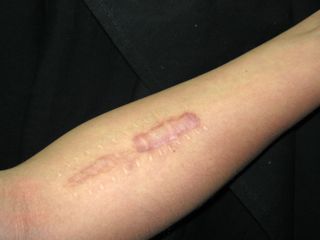
I still have one plate in my right arm that can never come out, because it is under too much muscle. It hurts on a daily basis. One of my greatest wishes it that the last plate would just go away. Is there a better way to fix broken bones?
“The next big things in orthopedic surgery are bio-absorbable screws and plates,” say’s orthopedic surgeon Dr. Kane Anderson with Durango Orthopedics. These screws and plates dissolve over time and are absorbed into the body so you don’t have to go your whole life with a piece of metal in your arm.
When bones are broken, they need extra stability to heal properly. That’s where surgical plates and pins come in.
As of now, the most common material used for plates or pins is stainless steel or titanium because they function well. They do not react with the body, never rust, are very resistant to corrosion, and they are strong enough to resist fatigue while the bone is healing. These materials function well but there are limitations. One problem found is an outward push towards the skin, causing pain and irritation. Another problem is that the metals’ bending stiffness, or malleability, is different than that of bone, which can affect what is called elastic modulus. Anderson defines elastic modulus as the stiffness of the plate put into the injured area. When you move a bone, it bends a little. If there is a piece of metal on the bone that part of the bone is unable to bend, so a small part of the bone becomes weak. The bone becomes “shielded”, which makes it more likely that the bone will re-break.
Studies in 2000 from Toshihiro Kasuga with the Department of Materials Science and Engineering, Nagoya Institute of Technology in Japan, described plates and screws made from the polymer polylactic acid (PLA) and hydroxyapatite (HA). These polymers dissolve over time, which will be determined by the doctor that operates. As it dissolves, it gives of a chemical residue that promotes bone growth, which rids the bone of any problems that may occur due to elastic modulus. They can be used to heal large breaks and tears un-like other bio-absorbable materials, say the Japanese researchers.
According to Anderson, “HA is used to use coating for hip replacements and knee replacements to avoid using bone cement, and PLA is used for many things, including suture anchors, essentially small bolts that have suture attached so that ligaments and tendons can be sewn directly down to bones.” The FDA approved plates and pins made from PLA and HA polymers are being used more frequently. “As time progress they are likely to become the main material used in all orthopedic surgery,” says Anderson. Sam Kuenzel

This work is licensed under a Creative Commons Attribution-NonCommercial-NoDerivs 3.0 Unported License


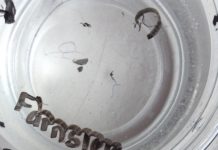
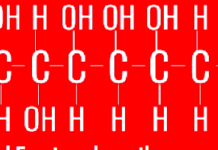

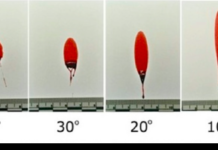
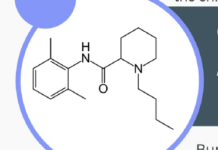
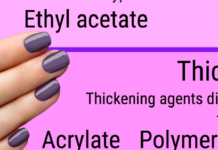






This was very interesting I never knew anything about how bone cement was a bad thing till now
its crazy how they could do that. how did all those bones get broken without not being able to move
:@@ I honestly don’t know what to say But good job. :congrate
its great ive been through the same problem but not as bad!!!!!!
It is amazing how they dissovle
I a amzing report on surgery
This was interesting because i know someone with a plate in there arm and they complain that they have pains in there arm every now and then.
:good this is so amazing this article was put together very well. Also this article touch me because my sister passed away and she had a metal plate in her arm that bothered her a lot so this is very good and interesting. :good
My sons both had their skulls reconstructed and the surgeon used dissolvable plates and screws. Some
Lumps and bumps as they dissolved over time, but worked very well and we are happy with the results at 2.5 years post-op!